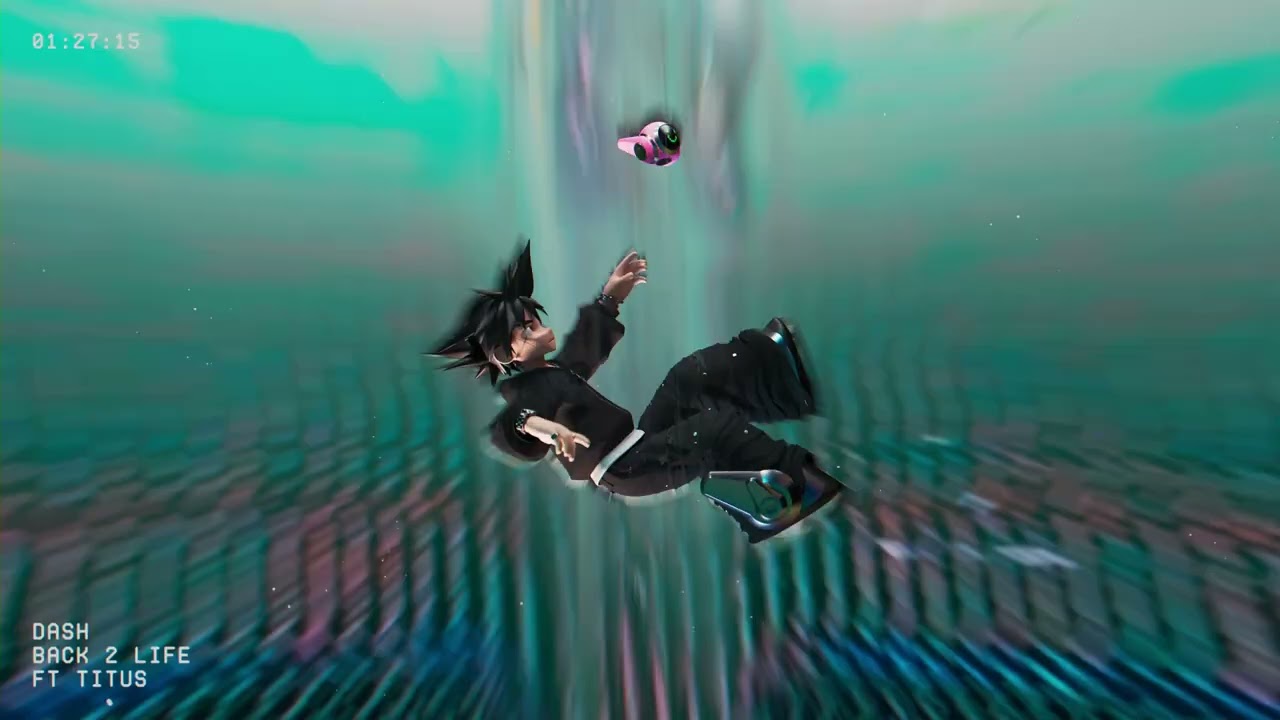First airing on 4Kids in 2001, Yu-Gi-Oh! was many Western children's first foray into anime and card games. Since then, it's become one of the highest-grossing franchises revolving around trading cards, with tournaments still being held to this day. While the meta may have gone through several changes, the anime still holds a special place in the hearts of those who watched it as kids. Seeing the monsters come to life on the screen was magical. One of the most memorable reveals from the series was that of the Egyptian God Cards from the Battle City Arc.
Despite their monicker, there is little relation to actual Egyptian deities. The only card bearing the name of a god is The Winged Dragon of Ra, at least in the English versions of the cards. Ra was the king of the Egyptian pantheon and the creator of all. He was associated with kingship, the heavens, the sky, the sun, and light. In pictorial interpretations, he is shown as a man with the head of a falcon, which is likely where the inspiration for the card's design comes from. However, the entity shown in the card resembles a griffon more than a dragon, a creature from Greek mythology.
There were dragons and winged serpents in Egyptian mythology. Two, in particular, are associated with the story of Ra. The first is Mehen, a coiled serpent god of protection. Every night, when Ra journeys through the underworld on a boat, Mehen protects him on his journey from west to east. Mehen is more akin to Slipher in physical description, being a serpent-like creature. The second dragon associated with Ra is Apep, a sea serpent who has a grudge against Ra and tries to swallow him every night during the journey. When he succeeds, it causes an eclipse.
Slipher would be better associated with Ra than The Winged Dragon card, but instead, it is associated with the god Osiris, with the card's Japanese name roughly translating to Sky Dragon of Osiris. In mythology, Osiris is the god of the dead, agriculture, fertility, life, and resurrection. He is depicted as a man with green skin, wearing a pharaoh's beard and his legs wrapped like a mummy. Unlike Ra, there is no association between Osiris and dragons. The connection could be made with Apep living in Duat, the underworld where Osiris rules, but there don't appear to be any myths tying the two together directly. The English name for the dragon was created when bringing the series over to the US and changed to avoid any controversy regarding religion or something similar. Sam Murakami decided to change the name of the card to Slifer, after then-producer Roger Slifer.
The final card is Obelisk the Tormentor, which is called Giant Divine Soldier of Obelisk in Japanese. An obelisk is a stone pillar with four sides and a narrow top, akin to the Washington Monument, and they were initially called tekhenu in Ancient Egypt. The name obelisk comes from the Greek word obeliskos. They would often be placed in the front of temples, usually in pairs, and were associated with Ra. During the reign of Akhenaten, who ruled from 1353-1334 BCE during the 18th Dynasty, the pharaoh reformed Egypt's polytheistic religion to one of monotheism centering on worship of the sun disk Aten. The tekhenu were said to be petrified rays of sunlight from Aten, who was seen as an aspect of Ra.
While an interesting concept and an homage to the Egyptian mythology that the Millennium Items draw from, the Egyptian God cards mostly draw from stories surrounding one specific god, being Ra. Despite this, they still added extra drama and excitement to the series, allowing Atem to finally regain his lost memories and allowing him to finally move on.
About The Author

